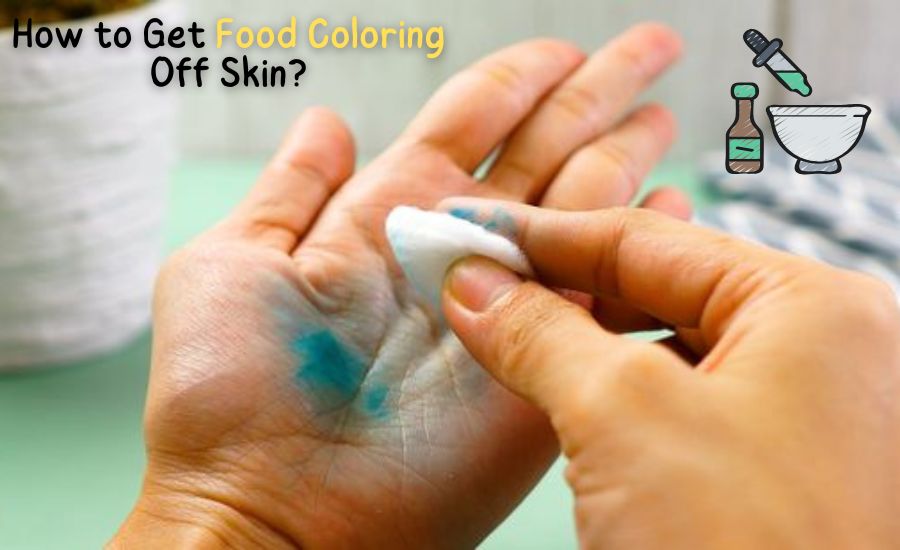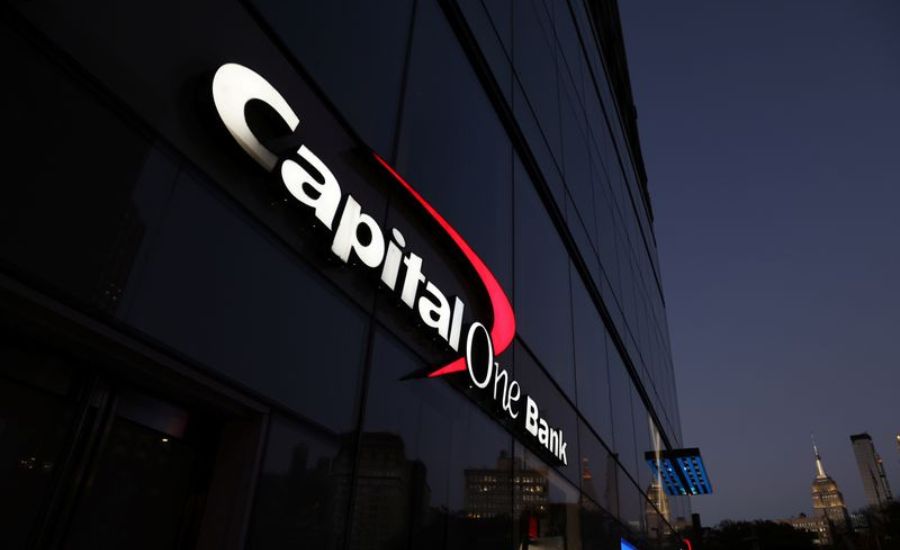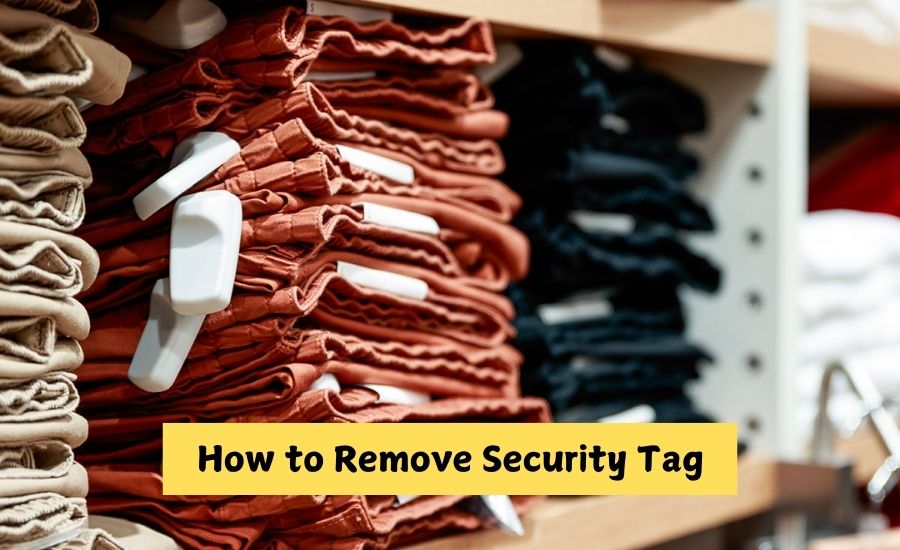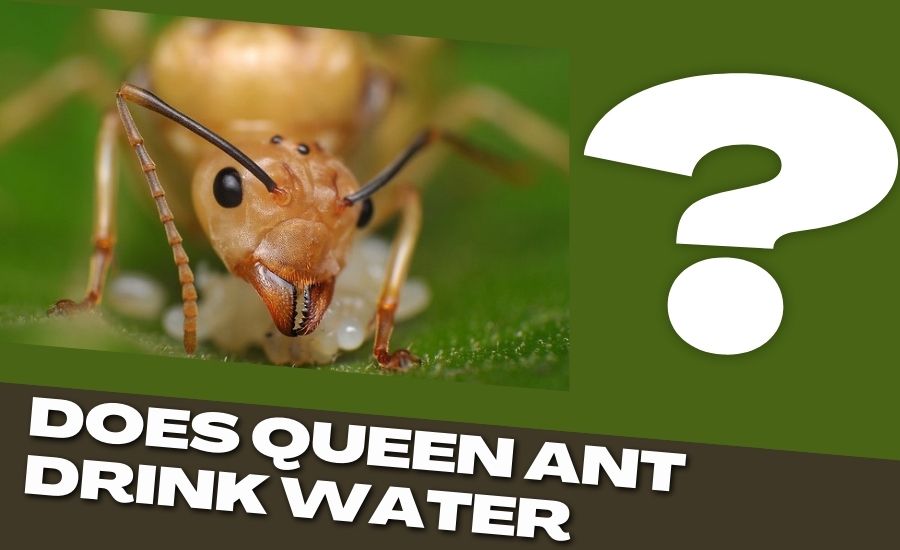
If you’re raising backyard chickens, you’ve likely tossed them fruit scraps. But can chickens eat banana peels safely? The short answer is yes — but there are a few things you should know before adding them to the feed tray. This guide breaks down the facts, benefits, risks, and tips so your flock stays healthy and happy.
Are Banana Peels Safe for Chickens?
Yes, banana peels are safe for chickens to eat — but only in small amounts and when prepared properly. Chickens are natural foragers, and many will try to peck at banana peels if offered. However, banana skins are tough, fibrous, and can be hard to chew or digest when raw. That’s why most chickens will ignore raw peels unless they’re chopped or softened.
Nutrition Facts: What’s in a Banana Peel?

While the banana fruit is known for its potassium content, the peel also has nutritional value. According to data from the USDA FoodData Central, banana peels contain:
- Fiber – Supports healthy digestion in chickens
- Potassium – Helps regulate muscle and nerve function
- Vitamin B6 and C – Boosts immunity and metabolic function
- Antioxidants – Help fight cell damage
These nutrients can be a bonus for your flock — especially if you rotate peels with other safe fruit scraps.
Potential Risks of Feeding Banana Peels
Even though banana peels are not toxic, there are a few things to watch out for:
1. Tough Texture
Raw banana peels are thick and leathery. Chickens can struggle to break them down, especially young or small birds.
2. Pesticide Residue
Non-organic bananas often carry chemical residue. Always wash peels thoroughly or opt for organic bananas to reduce the risk.
3. Mold and Spoilage
Like any food waste, banana peels can mold quickly. Never give your chickens anything that smells off or shows signs of rot.
4. Treats vs. Feed Balance
Banana peels should never replace balanced poultry feed. They’re a treat, not a staple.
Tips for Feeding Banana Peels to Chickens
To safely add banana peels to your chicken’s diet, follow these steps:
- Wash well to remove pesticides and dirt
- Chop into small pieces to prevent choking
- Boil, steam, or blend to soften texture and make peels easier to digest
- Mix it with other healthy scraps like oats, rice, or veggies
- Serve fresh and remove leftovers to avoid spoilage
Start with small amounts and observe how your chickens respond. Not all flocks like them — and that’s okay.
When to Avoid Feeding Banana Peels
You should skip banana peels if:
- They smell sour or look moldy
- Your chickens are young chicks (more on that below)
- Your birds are sick or on a vet-recommended diet
- Your chickens completely ignore them (some simply don’t like the taste)
Can Baby Chicks Eat Banana Peels?

No. Baby chicks have delicate digestive systems and should only eat chick starter feed for the first several weeks. Even soft, cooked banana peels can be too fibrous and risky. Wait until they’re at least six to eight weeks old before introducing tiny amounts of safe treats — and even then, skip the peel until they’re older.
Final Thoughts
Banana peels can be a healthy, eco-friendly treat for your chickens — if you prep them right. Always wash, chop, and soften them before serving. Like all treats, they should be used in moderation alongside a complete, balanced feed. When in doubt, observe your chickens’ behavior and adjust accordingly.
FAQ
No. Treats like banana peels should make up less than 10 percent of their daily food.
They’re safe but even tougher than ripe peels. If used, they must be well-cooked.
Apples (no seeds), berries, watermelon rind (in moderation), and grapes are good options.
They contain more fiber and antioxidants but less sugar and potassium than the fruit itself.

















